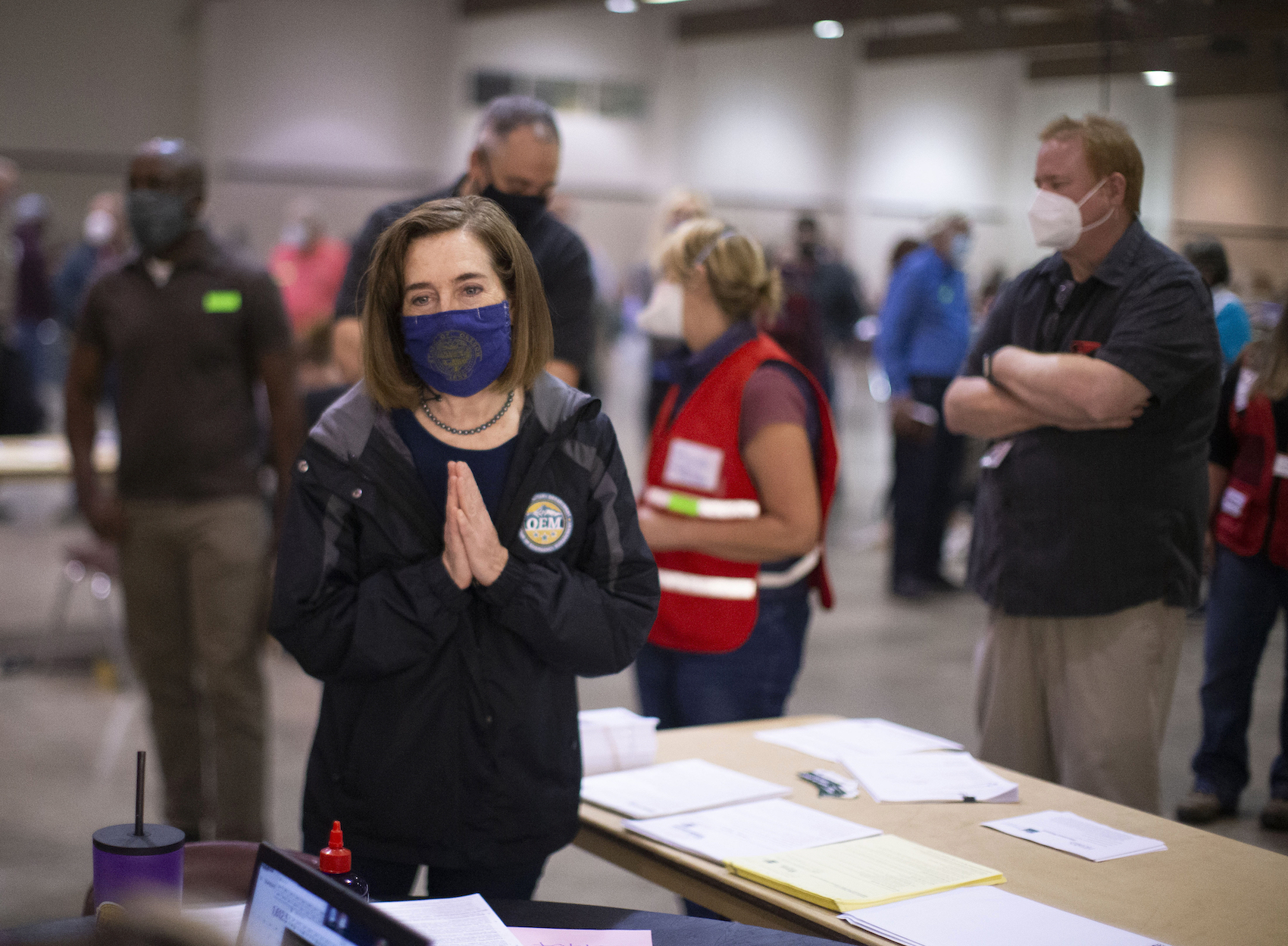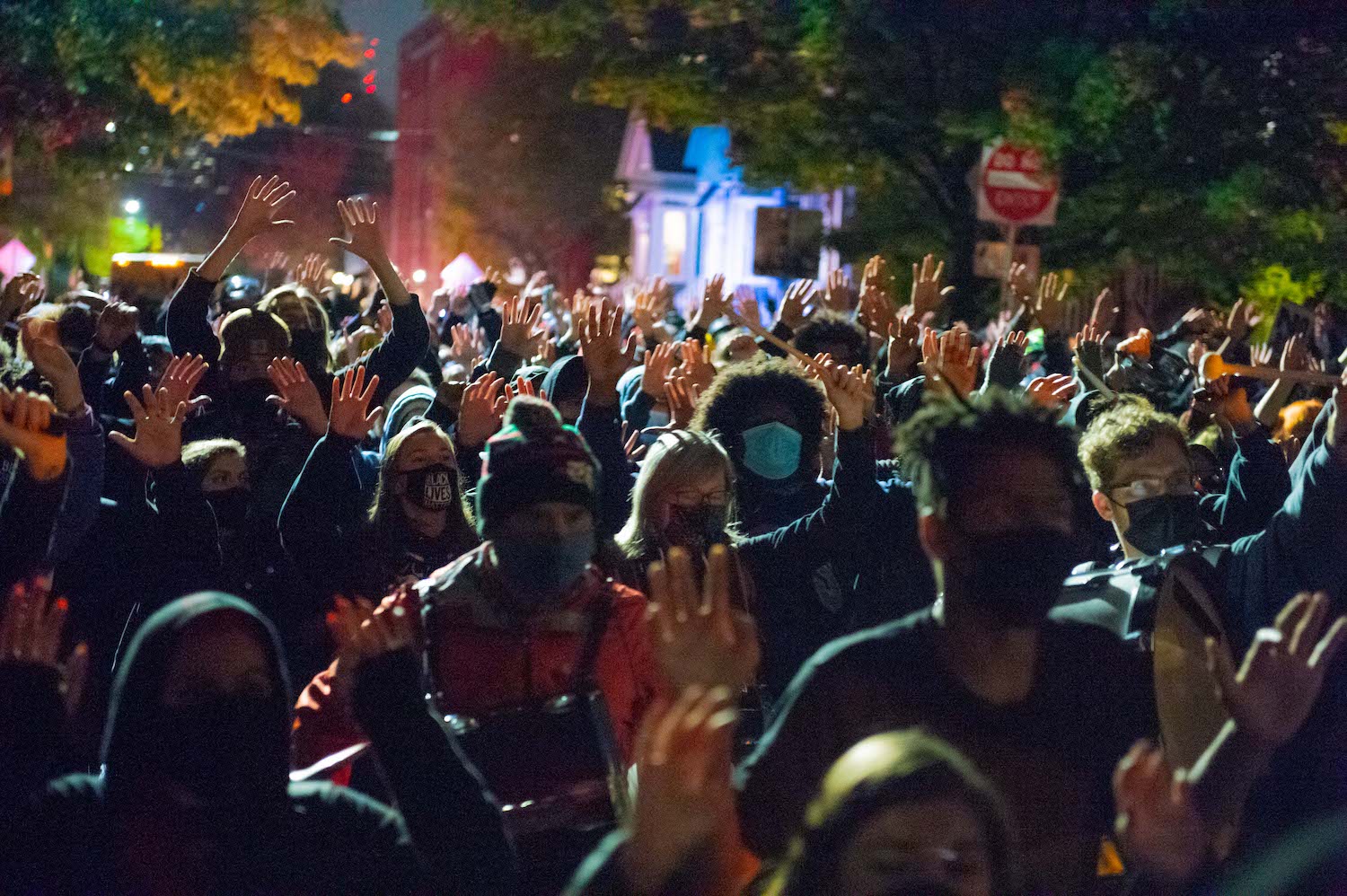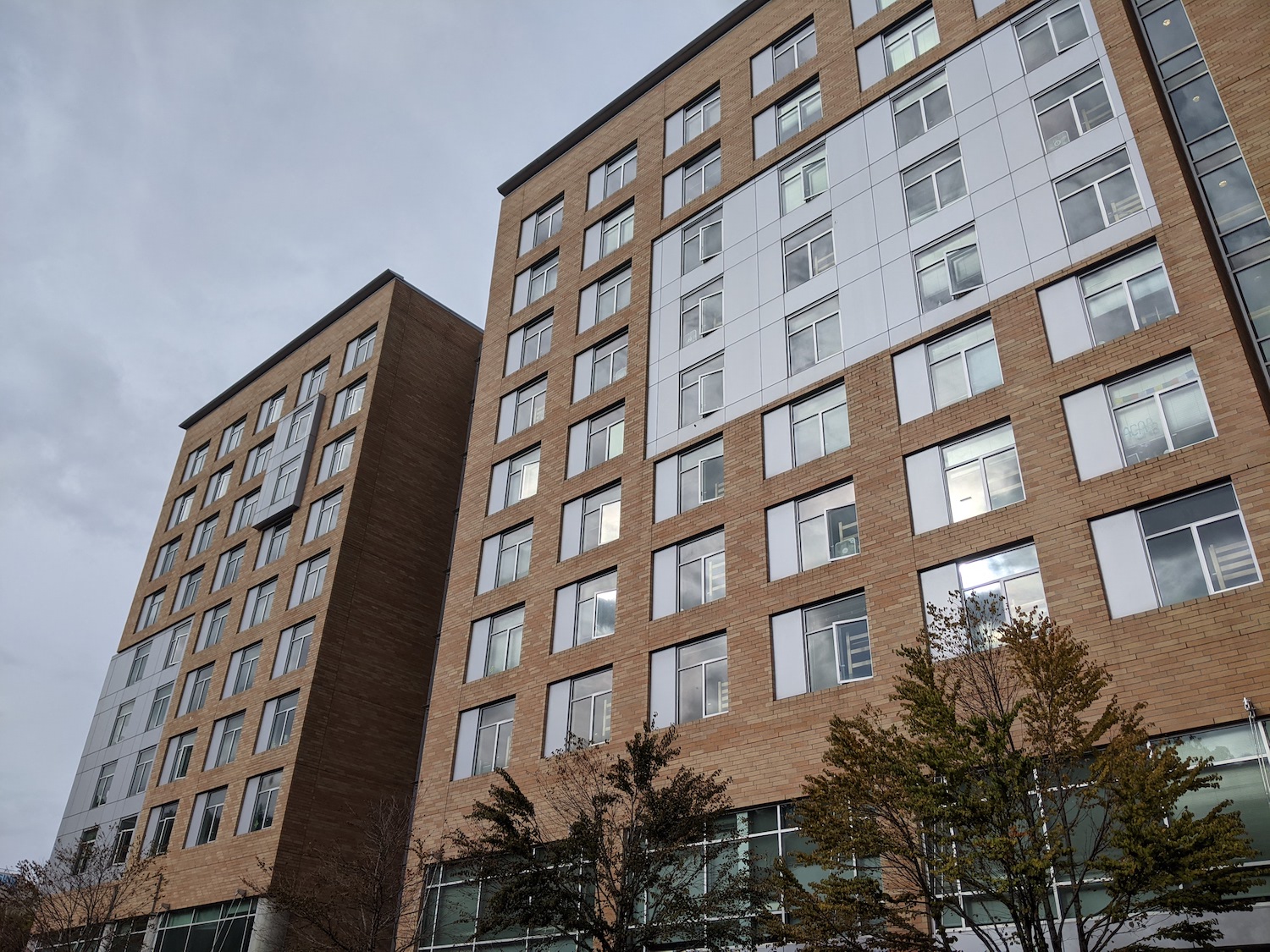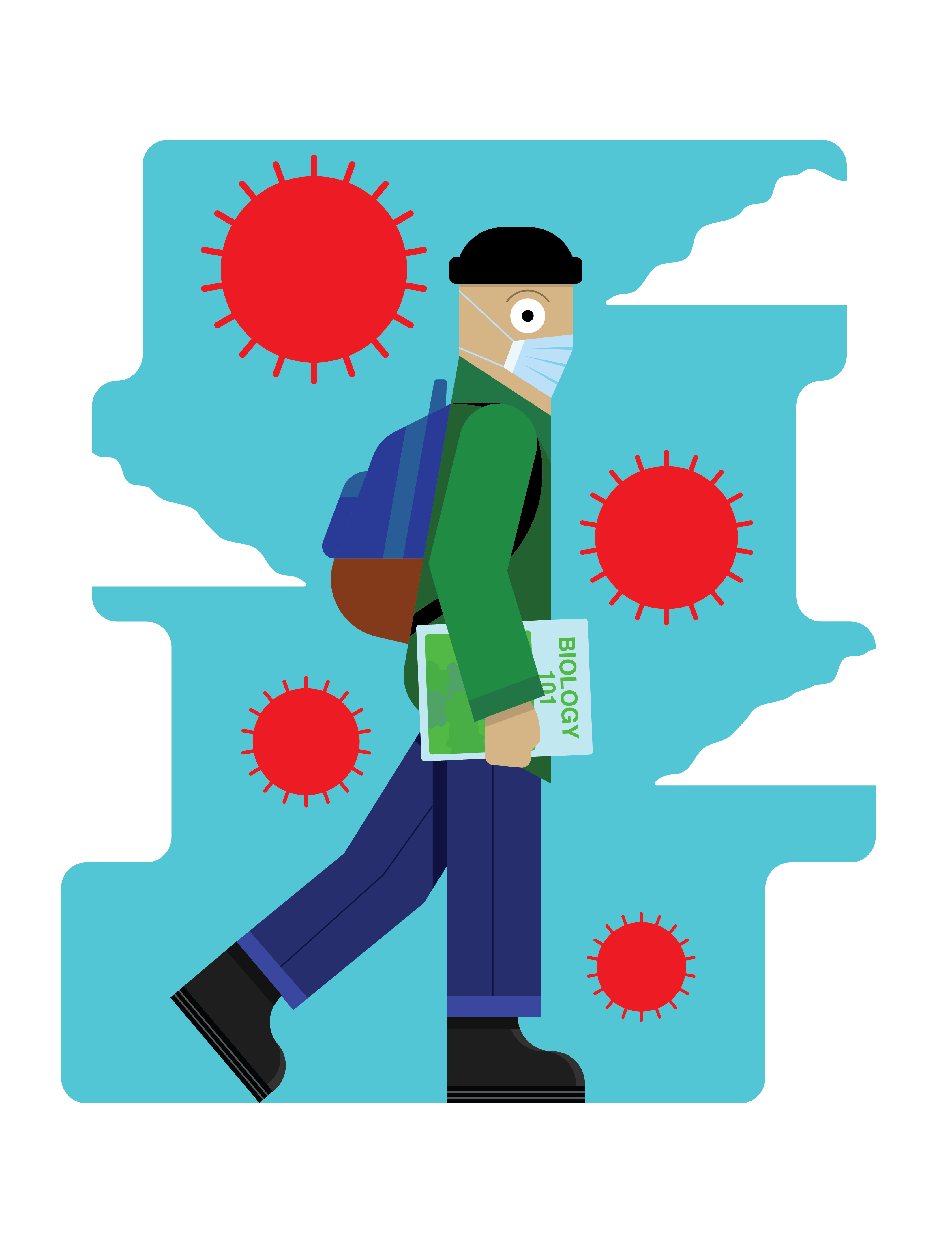Oregon Governor Kate Brown announced new restrictions regarding social gatherings in a press conference on Friday, Nov. 6.
The restrictions will run from Nov. 11–25 and apply to Malheur, Umatilla, Marion, Jackson and Multnomah counties. These restrictions include setting a 50-person maximum to large social gatherings and a six-person maximum to small, interpersonal gatherings.
Oregon has seen a significant increase in COVID-19 cases throughout the last two months, signifying a third wave following a decreasing trend throughout May and August. Daily cases hit a record high on Nov. 7, with The Oregonian reporting that 988 new cases were detected, a significantly higher number than the previous statewide record of 805 new cases just two days earlier on Nov. 5.
With Thanksgiving and holiday gatherings on the horizon, health officials are concerned about the role that family and social gatherings for such events could affect and increase the spread of COVID-19. “A Halloween party has led to at least 14 infections, and after people went to the party, the virus spread further to a workplace outbreak that we’re continuing to investigate,” said OHA Public Health Director Rachael Banks at Friday’s press conference. “Another example we’re investigating is an outbreak associated with a family party. Multiple people attended the party when they were infectious…the virus then spread and has led to two long-term care facility outbreaks with a total of 24 cases and one death.”
Earlier in October, the Oregon Health Authority released its three-phase plan on distributing vaccines once a safe, reliable and consistently effective vaccine has been developed. As the supply of vaccines will not be able to meet high demand, the OHA plans to initiate a first phase of vaccine distribution that will grant immediate access to the vaccine for essential healthcare workers, doctors and nurses, as well as other essential workers with high risk exposure to COVID-19. Additionally, priority will be given to vulnerable long-term care residents.
Once the supply of a vaccine is more adequately fit to meet the demand, additional vaccines will be given to vulnerable and marginalized populations such as Latinx, Black, Indigenous and Pacific Islander communities, elderly demographics, houseless people and patients with potential comorbidities like diabetes or heart disease.
The third and final phase will allow more people outside of vulnerable communities and demographics to get vaccinated at pharmacies, health centers, clinics and hospitals. As a vaccine has yet to be FDA-approved, the OHA is focusing on building points of dispensing (PODs) to administer vaccines. One of the current major roadblocks halting development of a vaccine for COVID-19 is a reliable rate of effectiveness. The minimum effectiveness required for a vaccine to be FDA-approved is 50%, meaning 50% of people who get vaccinated will not contract the virus. National Institute of Allergy and Infectious Diseases (NIAID) director Dr. Anthony Fauci stated in a June 28 interview with CNN he “would settle for a 70% or 75% effective vaccine.”
Additionally, California Governor Gavin Newsom announced on Oct. 27 that Oregon, Nevada and Washington have joined California in a multi-state plan to independently review any FDA-approved vaccine for COVID-19.
“The independent review conducted by this panel of doctors, scientists, and health experts will ensure that a safe and effective COVID-19 vaccine is available to everyone, especially communities that have been disproportionately impacted by this disease,” Brown stated in a press release from Newsom’s office.
The group will consist of public health experts from each state who will jointly review the safety and efficacy of any vaccine that has been approved by the FDA. Despite the fact that no current vaccines have been FDA-approved, several vaccines from public research universities, government institutions and private pharmaceutical companies are in the final stages of development and trial.
“I think it’s incumbent upon our federal government to get their act together and assist not only the states, but our local governments, cities, counties, tribes and of course, individuals that are struggling with the impacts of COVID-19,” Brown said in her closing statement for the press conference.






